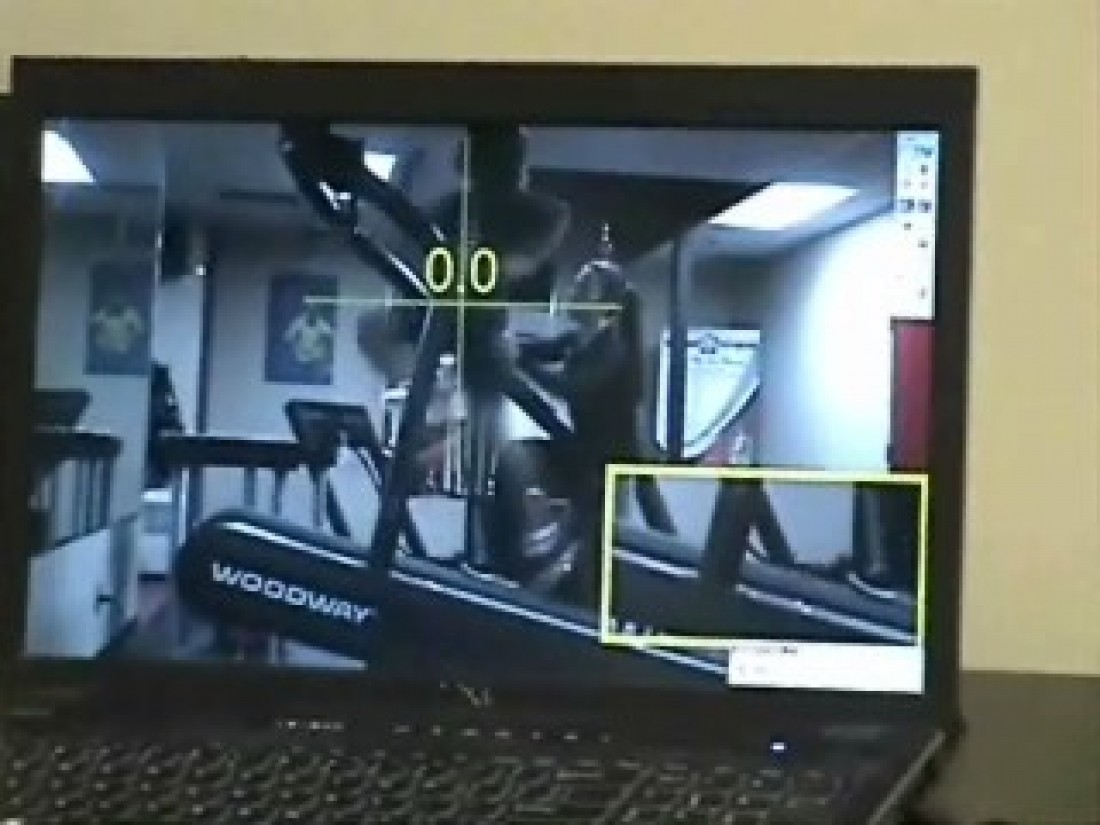In my career, I have spent a lot of time and done a lot of research trying to determine the optimal energy system training variables for soccer players. Soccer is a sport that involves intermittent high/maximal intensity runs, with varied amount of recovery between each run. While the performance of the high intensity running is anaerobic (it relies on muscular strength and power), the recovery between the running is aerobically driven (it relies on an efficient heart, lungs and muscular system, to replenish the energy used during each high speed run). Of course, in a professional environment, training must be planned and periodized, so an athlete will never do the same workout over an extended period of time, however, some types of energy system training are more important in soccer, and thus need more time devoted to them.
It has been my experience that the best way to actually improve players’ performance on the field (that is, the total amount, and average maximal speed, of the high intensity running they can do) is to give a priority to training that improves recovery (the aerobic component). Below are the 3 reasons why I believe recovery training is the best type of training for soccer.
- Recovery is more important than speed. Because a soccer game is 90 minutes in duration, and elite level players must perform 25-50 sprints, plus an additional 200-300 high intensity runs over the course of a game, recovery (the aerobic component) must be given more importance than speed and power (the anaerobic component). The reason is that, if players have good speed but poor recovery, they may perform well in the beginning of a match, but their lack of recovery will hinder them as the match progresses and total amount of high intensity running increases. Eventually, a player with poor recovery must be substituted if they are not able to keep up with the high intensity running demands of the game. Over time, soccer players will develop a more efficient aerobic system, and be able to recover better in between the high intensity runs they do in games.
- Recovery is more “trainable” than speed. Trust me. In my facility, the Soccer Fitness Training Centre, we have spent years developing and perfecting the best ways to improve running speed (using state-of-the-art high speed, high incline running treadmills), and I have even done – and continue to do – my own research testing my training methods to see which ones work best. Even with all of our advanced equipment, programming, and research, we will be lucky if we can improve a player’s running speed by more than 0.10 seconds over a distance of 35 metres (equivalent to an improvement of 1-2% for most high level soccer players). In contrast, it is not uncommon for us to see improvements in players’ recovery and total high intensity running ability (as measured by the gold standard “Yo-Yo” tests) of up to 30% in total distance covered, over the course of an 8-10 week training program. Simply put, it is easier to make improvements in recovery with proper training than it is to make improvements in speed with proper training.
- With better recovery, players’ average speed of high intensity running increases. At the end of the day, faster soccer players are always going to be faster than slower soccer players, regardless of how much speed training the slower players do. The key for all soccer players is to try to maximize the average speed of the high intensity running they do in a game. The higher the average running speed, the better their overall performance will be. If players train to improve their recovery, they will offset fatigue, and still be able to run close to their maximal running speed (whatever it is) in the later stages of a match. Over time, slower players who do the right amount of recovery training can improve their average match running speed to the point that they are able to keep up with, and often over-take, faster players who do not have good recovery.
I am not advocating that soccer players ignore speed and power training (on the contrary, a small but significant portion of the training time at the Soccer Fitness Training Centre is always devoted to plyometric and speed training). I am simply stating that the primary focus of energy system training for soccer players must be aerobic training, and it should be specifically designed to improve players’ recovery between high intensity running, which is the most important physical ability an elite level soccer player can have.
I’d love to hear your thoughts about this topic. Drop me a line here to get the conversation started.


Leave A Comment